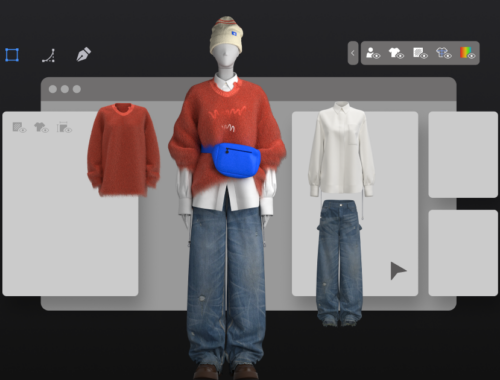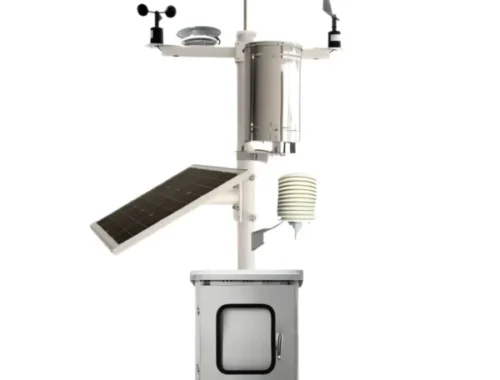I wanted to provide an idea of the process, to help illustrate what we do. Other coaches might also want geek-out over why what we do has had a good level of success!
AT THE START
At the start of the season I make a ‘macro-training plan’ on a spreadsheet. It lists all the sessions we do and all the things that we can work on within those sessions. Along the top, each column represents one week of the year (also showing rest weeks in green) and so I then allocate an ‘x’ next to each aspect in the week we will work on it in. It looks like this:
This then gives me a structure for the planning I do for each block, in which I write a session that works on the things I know we need to target. I also add notes about tapering/recovery or anything else that is relevant so I can keep in mind who needs the session adjusted. It looks like this:
All these sessions are then added to our online platform ‘Addaero’ – which is basically a free version of training peaks. Once on here all the athletes can access the sessions from Addaero apps on their mobile phones:
The athletes I coach individually then have their session added to the squad sessions. For Scott Thomson, for example, this means his calendar looks like the below. And as you see, it allows him to upload Garmin files to his training sessions:
The individual sessions I add for these guys/girls are dictated by another chart in which I plan all their additional sessions each block…
…and these are dictated by the areas we decide to target in our 1-2-1 meetings based on how things are progressing and where we think improvements can come from. All this is tracked on a form, which is placed online (Google Docs), so that either I or the athlete can update and edit it whenever they need to. In it we don’t just look at S/B/R but also sleep and diet quality, etc:
All this ensures that the training is as focused and individualised as possible while still allowing some flexibility for when life gets in the way and things need to change. In the future I want to refine this process to make it slicker and better presented. But for year two, even in its rough form, it seems to have worked quite well and is something to build on.
In addition, I also track progression in tests (S – 200m/400m, B – 20min Threshold, R – 5km and 12min Max [this test needs to be improved]) across the season and also track recovery scores to make sure no one is too fatigued. These are also recorded online:
Advertisement
If you have any questions for Joel, please visit his website www1.joelenoch.com.


